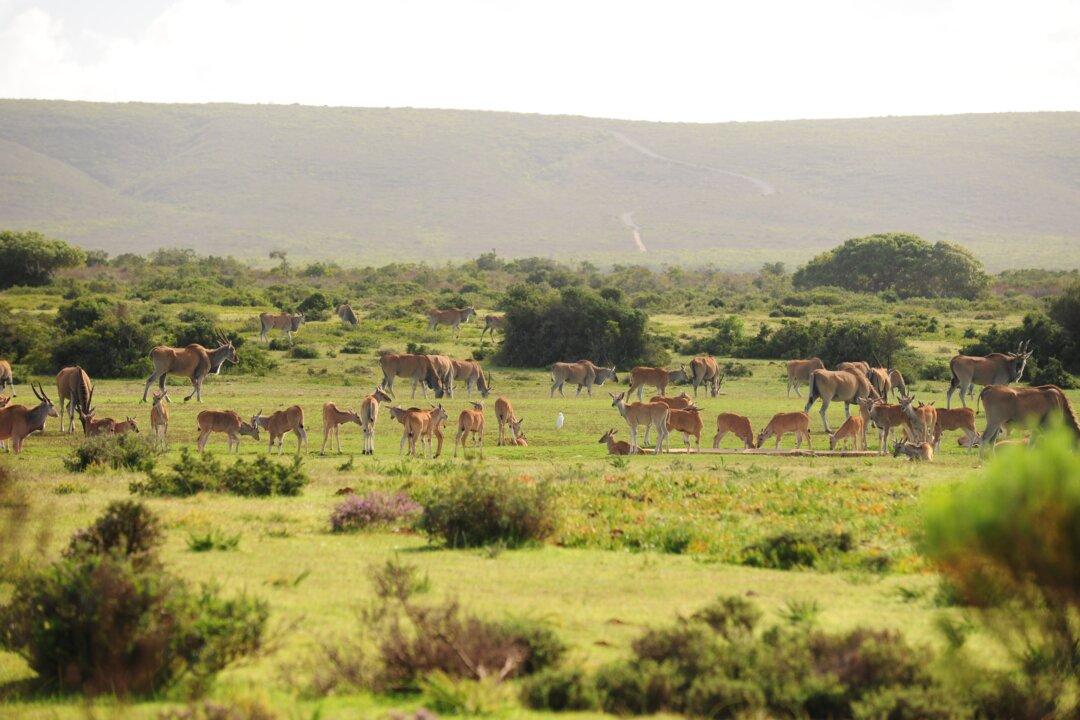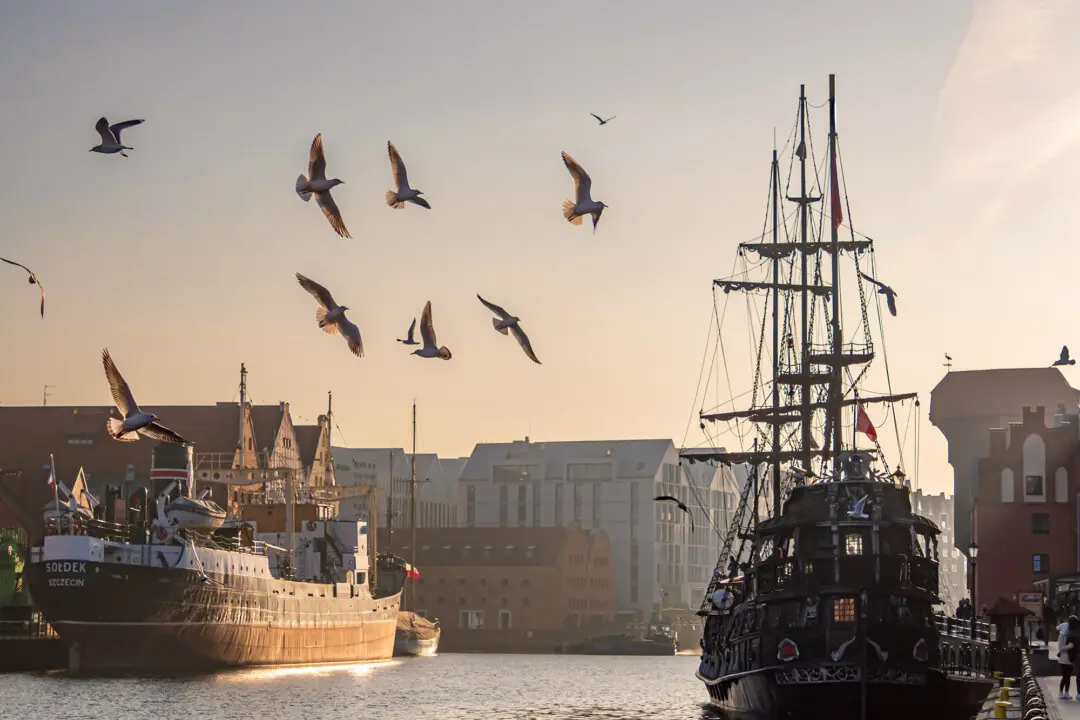Rolling out from the roost, I hear the light, arid air swoosh and sizzle of the eight-foot wingspan of these big birds. They swoop down from their craggy mountain redoubt and out, riding the arid thermals, headed for the sea.
Getting up to this sunbaked platform wasn’t easy. With my guide, Theodore, behind the wheel, we bumped down an unpaved road, running right into the heart of a country traffic jam—hundreds of sheep crowding the road, kicking up dust as they trot in lockstep just ahead of our bumper.





